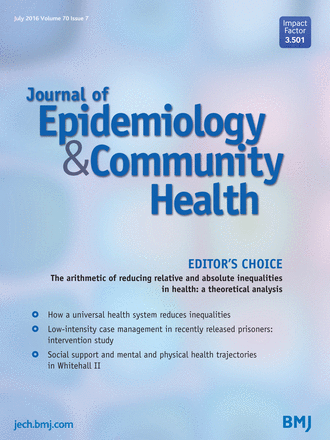Persons with high cholesterol who received counseling regarding a diet that combined cholesterol-lowering foods such as soy protein, nuts and plant sterols over 6 months experienced a greater reduction in their low-density lipoprotein cholesterol (LDL-C) levels than individuals who received advice on a low-saturated fat diet, according to a study in the August 24/31 issue of JAMA.
Efforts have been made to improve the ability of conventional dietary therapy to reduce serum cholesterol through the inclusion of specific foods or food components with known cholesterol-lowering properties, singly or in combination (dietary portfolio), according to background information in the article. The long-term effect of such diets compared with conventional dietary advice has not previously been assessed.
David J. A. Jenkins, M.D., of St. Michael's Hospital and the University of Toronto, and colleagues conducted a multi-center trial to determine whether advice to eat a dietary portfolio consisting of foods recognized by the U.S. Food and Drug Administration as associated with lowering serum cholesterol achieved significantly greater percentage decreases in LDL-C levels compared with a control diet at 6-month follow-up. The control diet emphasized high fiber and whole grains but lacked components of the portfolio diet, which emphasized dietary incorporation of plant sterols, soy protein, viscous fibers, and nuts. The study included 351 participants with hyperlipidemia from 4 participating academic centers across Canada (Quebec City, Toronto, Winnipeg, and Vancouver) randomized between June 2007 and February 2009 to 1 of 3 treatments.
Participants received dietary advice for 6 months on either the low-saturated fat therapeutic diet (control) or a routine or intensive dietary portfolio, for which counseling was delivered at different frequencies. Routine dietary portfolio involved 2 clinic visits over 6 months and intensive dietary portfolio involved 7 clinic visits over 6 months.
In the modified intention-to-treat analysis of 345 participants, the overall attrition rate was not significantly different between treatments (18 percent for intensive dietary portfolio, 23 percent for routine dietary portfolio, and 26 percent for control).
Continue Reading Below ↓↓↓
The researchers found that the change in LDL-C levels from the beginning of the study to week 24 in the control diet were -3.0 percent or -8 mg/dL. In the routine and intensive dietary portfolio interventions, the respective percentage changes were -13.1 percent or -24 mg/dL and -13.8 percent or -26 mg/dL for LDL-C levels.
"Percentage LDL-C reductions for each dietary portfolio were significantly more than the control diet. The 2 dietary portfolio interventions did not differ significantly. Among participants randomized to one of the dietary portfolio interventions, percentage reduction in LDL-C on the dietary portfolio was associated with dietary adherence," the authors write.
"In conclusion, this study indicated the potential value of using recognized cholesterol-lowering foods in combination. We believe this approach has clinical application. A meaningful 13 percent LDL-C reduction can be obtained after only 2 clinic visits of approximately 60-and 40-minute sessions. The limited 3 percent LDL-C reduction observed in the conventional diet is likely to reflect the adequacy of the baseline diet and therefore suggests that larger absolute reductions in LDL-C may be observed when the dietary portfolio is prescribed to patients with diets more reflective of the general population," the authors write.
JAMA. 2011;306[8]:831-839
Source: JAMA and Archives Journals









